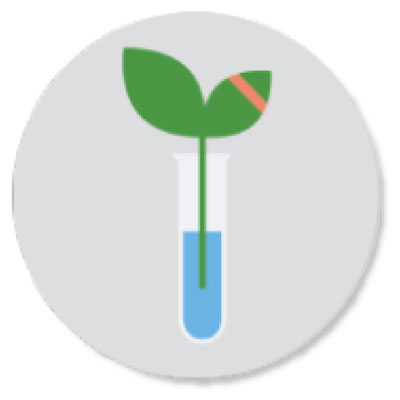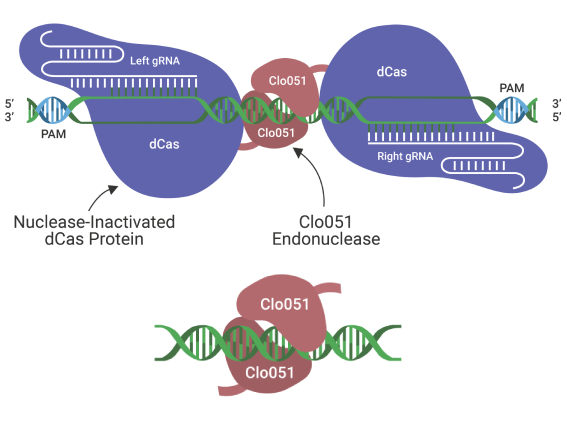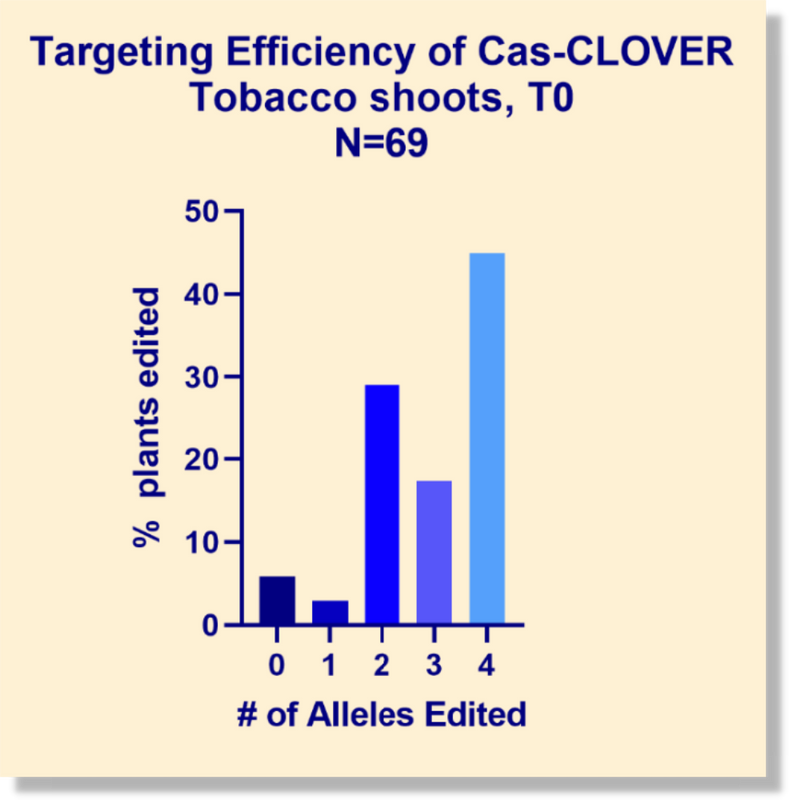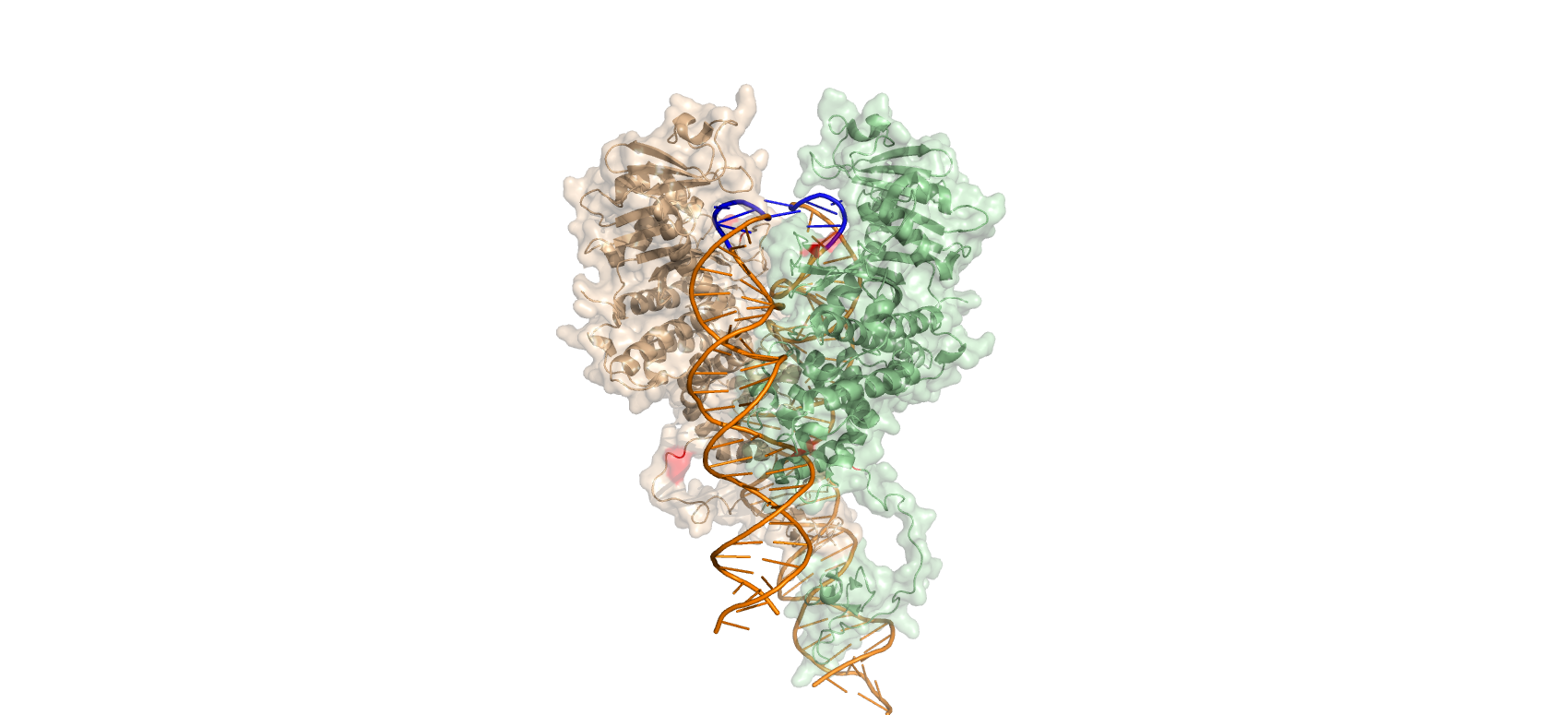Optimized Agricultural Biotechnology
Advanced gene editing enables beneficial plant traits not possible with breeding and may be free from GMO labels.
Enabling Crop Engineering With Seamless Gene Editing

Traditional breeding techniques require lengthy timelines, while older transgenic technologies leave permanent heterologous genes behind, yielding “GMO” labels, costing millions in regulatory associated expenditures.
Plant biotechnologists can get a leg up with advanced genetic engineering tools like Cas-CLOVER and piggyBac . These platforms can make precise, intentional, and beneficial modifications with no heterologous genes left behind in the plant genome, which in turn would yield a non-GMO crop. This "Scarless Gene Editing" could prove vital to keeping up with the ever-increasing demand for food, feed, energy, and even carbon credits.
Cas-CLOVER More Precise Than CRISPR/Cas9

Like chemical mutagenesis, CRISPR/Cas9 introduces abundant off target mutations, unintentionally disrupting orthologous sequences and creating the need for backcrossing to remove these unwanted mutations.
Cas-CLOVER, a dimeric nuclease with high fidelity, enables targeting specific orthologs in plants and reduces off-target mutagenesis. Cas-CLOVER can be an instrumental tool in your trait discovery programs.
Validated In Plants


We validated Cas-CLOVER in plants by efficiently creating targeted knockout mutations in both monocots and dicots. In-house, we generated tobacco shoots where we targeted phytoene desaturase (PDS), resulting in the expected white phenotype. Regenerated shoots were screened for editing efficiency and found almost 50% of shoots had all 4 alleles edited, demonstrating Cas-CLOVER’s high efficiency.
Displayed are albino phenotypes yielded in tobacco and banana via Cas-CLOVER knockouts. From left:
- Tobacco callus and shoots edited with Cas-CLOVER
- Control non-edited banana shoots.
- Banana embryo germinated from transformed embryogenic cell suspension (ECS)


PiggyBac Validated In Plants For Trait Enhancement
As in most plants, targeted homologous recombination (HR) mediated precision genome editing in rice is an infrequent event. Efficiency can be vastly improved by positive-negative selection. However, the positive selection marker needs to be seamlessly removed from the locus following editing.

The piggyBac transposase/transposon system is the ideal technology for this task as it can be used for “Footprint-Free” excision following selection. This was published by Ayako Nishizawa-Yokoi and Seiichi Toki in the Plant Biotechnology Journal in 2021.
See How Scientists Are Using Our Gene Editing Tools

Leena Tripathi
Principal Scientist In Plant Biotechnology At The International Institute of Tropical Agriculture
“We are very excited to improve the banana varieties preferred by farmers in Africa for disease-resistant bananas using Cas-CLOVER. The gene-edited banana with no foreign gene integration will not be regulated as a GMO in Kenya. The disease-resistant varieties will enhance banana production and increase the incomes of smallholder farmers in East Africa, where the banana is one of the major staple foods.”
Optimizing Your AgBiotech Research?
Contact us to learn more about our innovative gene editing technology.
